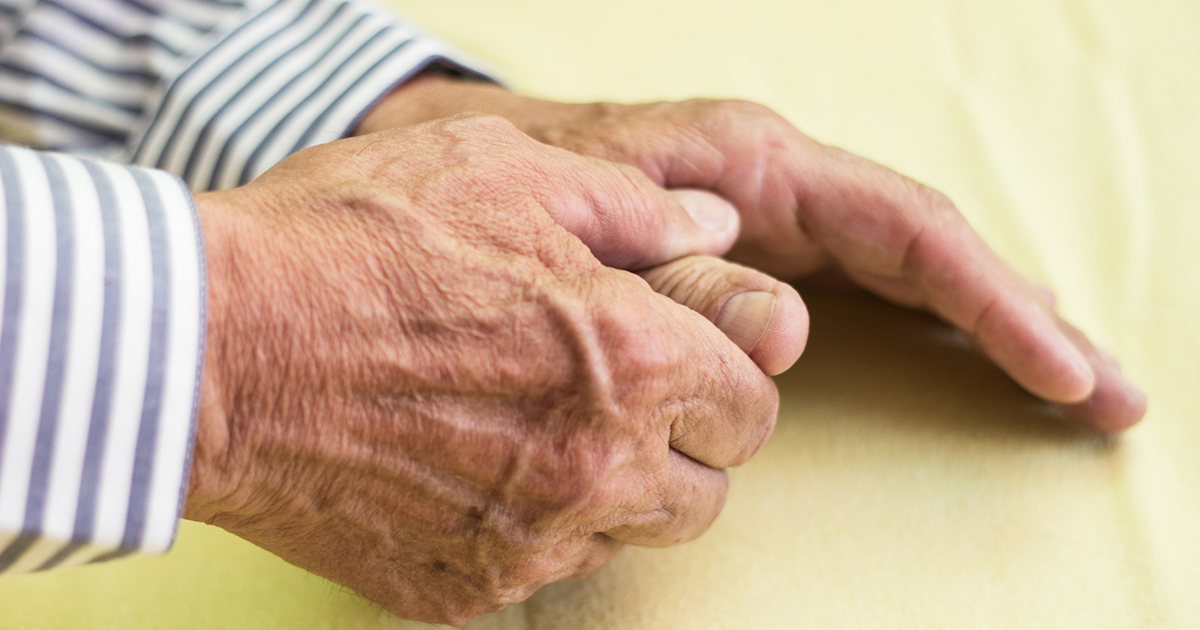Symptoms Of Hypocalcemia
Hypocalcemia is a medical condition in which the blood calcium level has dropped below seven milligrams per deciliter (mg/dL). Calcium is a necessary component for blood clotting, muscles contracting and building bones. The body cannot make its own calcium so it must get it from food and supplements. Calcium is lost through daily human functions such as sweating, urinating, and defecating. When the blood has too little calcium, the body takes it from the bones, weakening them over time.
Hypocalcemia can be caused by eating disorders or lack of vitamin D, which helps the body absorb calcium. Other contributing factors to hypocalcemia include parathyroid, kidney, or pancreatic disorders. Often, symptoms do not present until hypocalcemia is severe.
Muscle Cramps And Spasms

Muscle cramps and spasms are closely related in that a prolonged spasm is called a cramp. Muscle spasms are rapid, uncontrolled contracting and relaxing of muscle fibers, and they may or may not be painful. When a spasm continues to contract without relaxing, it is considered a cramp. Cramps are usually abrupt and very painful. Though necessary for muscle contraction, low calcium levels will increase action potentials.
These are the series of electrical and chemical signals that activate or block nerve or muscle cells. This is what causes cramping and spasms. In severe cases, hypocalcemia can lead to tetany, which is the contraction of muscles without relaxing. It is excruciating and can develop into a life-threatening condition.
Numbness And Tingling

Numbness and tingling, most often felt in the hands, arms, feet, legs, and around the mouth, are usually the first symptoms of hypocalcemia and signal that there is a severe calcium deficiency in the body. Numbness is a complete loss of feeling, making it difficult to walk or grasp objects. Tingling feels like a burning sensation or 'pins and needles.' These sensations can range from mildly annoying to painful. They may happen irregularly, or they may be persistent. Patients may need to wait until their calcium levels return to normal for these symptoms to completely go away.
